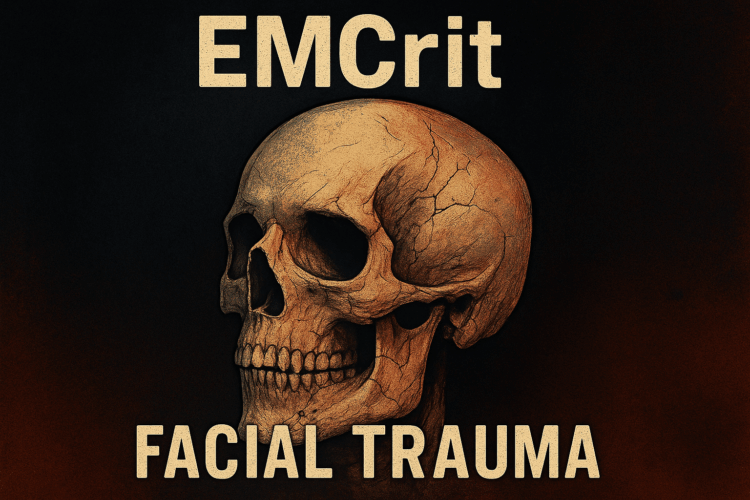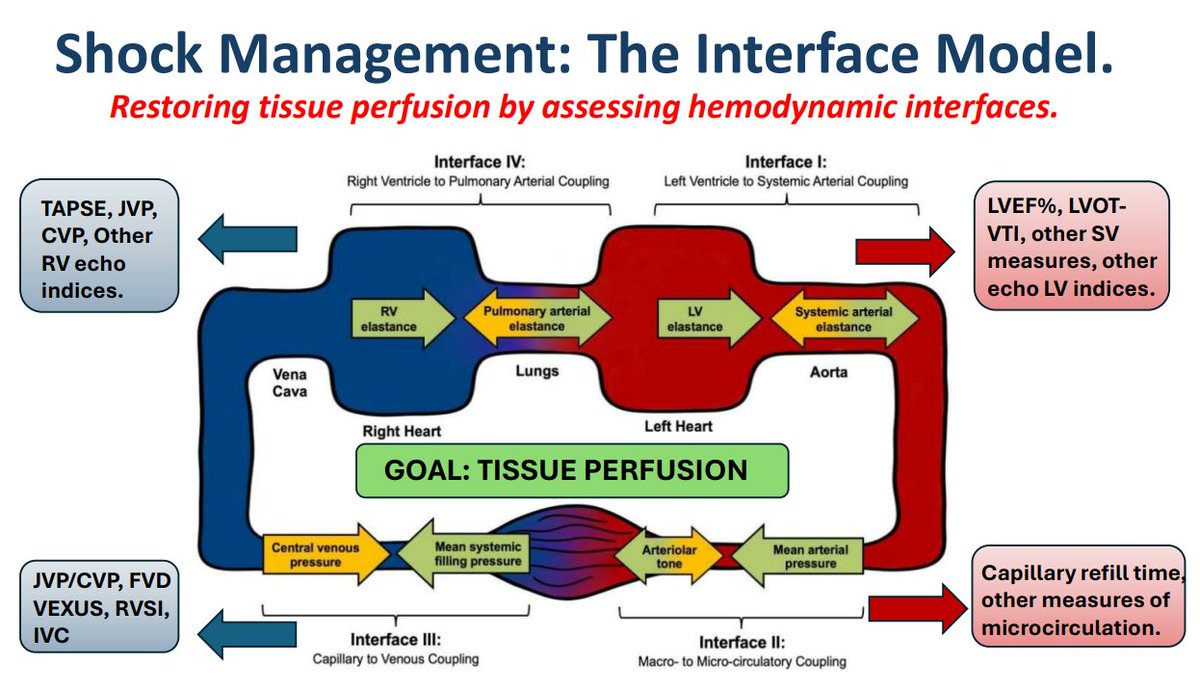The Paper
Look Me in the Face and Tell Me That I Needed to Be Transferred: Defining the Criteria for Transferring Patients with Isolated Facial Injuries [10.1097/TA.0000000000004651]
Bellal Joseph, MD FACS
Dr. Bellal Joseph is the Martin Gluck Endowed Professor of Surgery, Professor of Neurosurgery, Chief of General Surgery and Chief Division of Trauma, Critical Care, Burns & Emergency Surgery, at the University of Arizona. He is also the Vice Chair of Research for the Department of Surgery.
Imaging
Who are you getting specific Face CTs on?
Who are you getting temporal cuts on?
Clear Nasal Sinus Sign
Thanks to Emile Legendre for sending these two papers:
[32035837]
[9371108]
Will miss zygomatic arch and nasal bone fractures
Transfer of Facial Trauma (Facial Injury Guidelines)
Upper Facial Bone Fxs
Frontal Sinus Fractures
- All should get transferred
- Look for cerebrospinal fluid (CSF) rhinorrhea
- All are going to get either observation or operation
Middle Facial Bone Fxs
Radiology Tip: if there is no opacification of the maxillary sinuses, then the only fracture you will miss is a nasal bone fracture
Orbital Fractures
Transfer if decreased visual acuity, diplopia, restricted ocular motility, retrobulbar hemorrhage, or comminuted fracture
Zygomatic Arch, Nasal Bone, Maxillary Sinus Fractures
May need drainage of septal hematoma
Easier to reduce nasal fractures when swelling goes down
Alveolar fracture doesn’t preclude discharge
Zygomaticomaxillary Complex Fractures
Here the complex refers to the components of the fracture pattern, not the complexity
aka quadripod fracture or quadramalar fracture
Transfer if diplopia or decreased visual acuity (On the show, we agreed, decreased ocular motility as well)
Transfer Naso-Orbito-Ethmoid Fractures (NOE) these fxs connote a high mechanism injury
Le Fort Fractures
Type I – Do not transfer
Type II/III – transfer
Lower Facial Bone Fxs
Maxillary Alveolar and Hard Palate Fractures
Do not transfer
Speak with consultants for malocclusion–depends on ability to get the pt in for follow-up
Mandibular Fractures
Transfer bilateral mandibular fractures or condylar fractures
Soft Tissue Injuries
Transfer if >2cm of flap defect or missing tissue, neurologic signs/symptoms, eyelid or glove laceration
Neuro signs and symptoms include loss of sensation, paresthesia, and facial muscle weakness
Additional Tips
Remember to Check the Hearing
Some of these fractures and penetrating injuries can affect the auditory apparatus
Midface Hemorrhage
Additional New Information
You Need an EMCrit Membership to see this content. Login here if you already have one.















